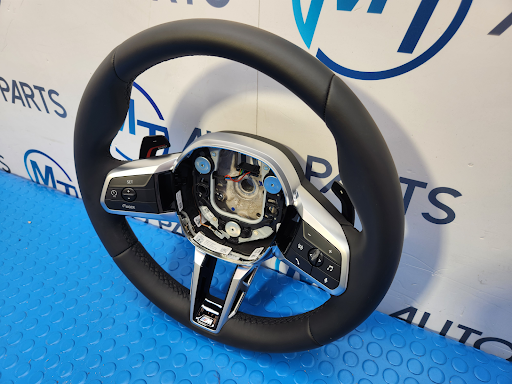
Photo Credit: Noel Lanier/OnPitRoad.com
Racing fans enjoy watching their favorite NASCAR drivers and teams complete each weekend and numerous tracks around the United States.
But have you ever wondered what it takes to get the teams to each track and, most importantly, the race cars?
Unlike an auto shipping company that you might hire to transport your vehicle from one location to another, a NASCAR transporter will perform a similar duty while in transit, but they are also an essential part of the racing team beyond just driving. They are part of the team and sleep in the hotels with other team members.
It’s a mentally and physically demanding job, but most drivers will tell you they enjoy their job. Oh, did I mention that some drivers pull double duty as the cook or work in other team areas sucks as the pit crew?
NASCAR transporter job
A NASCAR transporter’s job is to get the “rig” and the cars, one primary car and one backup, to the track each week on time and in the same condition as when they left the shop.
It’s not as glamorous as being a NASCAR driver, but there wouldn’t be a race car to race with on race day without the transporter. The NASCAR transporter is one of the most challenging jobs in the industry and probably the most thankless one. The transport team is typically made up of a driver and a co-driver, depending on the distance. That’s a lot of responsibility!
In the early days of NASCAR, there were no rigs. The race drivers drove their cars to the location of the race. As things advanced, drivers started hauling their cars on open flatbed haulers. Still today, in the lower series of racing, this is how the race cars are transported.
But they offer little protection for race cars during transport and no storage for equipment. Then teams when to box trucks pulling the race cars behind them. That offered room for storage but still not protection for the race cars. This was when the “rig,” a covered NASCAR trailer, came about in the early 1980s.
Wha it a NASCAR transporter rig
The NASCAR transporter “rig” can be up to 80 feet long and weighing up to 80,000 pounds. It is an enclosed rig that includes two cars, tools, parts, and an office/sleeping area.
The tailgate can be lowered and will be transformed into a lift. This allows for easy unloading and loading of the race cars. The primary and upper levels are used to store additional equipment such as ladders or fuel cans. The rigs contain everything needed for team members as they travel from track to track around the country.
They are a mobile command center with timing and scoring and the convivence of couches and refrigerators.
When the rig arrives at the race track, they are lined up by the series point standings with a tiny 5-foot distance between each rig.
Again, that’s a lot of responsibility!
At the same time, it provides an incredible sense of satisfaction with the constant presence at the races.
When the race is over, the transporter gets to do it all over again.






